Two of Three Walks to the Queens Giant

The grove in which the Queens Giant stands is one of four ancient forests still existing in New York City, said Bruce Kershner, a forest ecologist and vice president of the New York Old Growth Forest Association. He estimated the Queens Giant's age at 425 years. In 2002, he measured the circumference of the tree (19 feet), and used a laser range finder to measure the height, which put the tree at 134 feet tall, though it could be a foot or two taller by now, he said. - In Obscurity, The Tallest And Oldest New Yorker
On my walks, trees are a constant source of visual, historical and ecological interest, and I've come to regard them almost as collaborators in a certain way. They play such an important role in shaping the pedestrian experience that at this point I consider them to be part of the infrastructure.

Their unique and varied forms, amidst the city’s concrete and steel, have integrated into my projects, becoming a central element in the exploration and portrayal of urban spaces. Trees are fascinating, and when you spend a significant amount of time in public spaces, your appreciation grows and deepens. You understand their influence on the psychology of the city.
As I was writing this issue, I learned the news about the felling of the Sycamore Gap tree at Hadrian's Wall in the UK due to an act of wanton vandalism. This was my first introduction to the tree, yet like many, I found its loss unsettling, contemplating what this might signify for the future. Such iconic landmark trees hold significance not only as beacons of pride and marvel for communities but also as emblematic of the inherent value and crucial role of nature and green spaces in combating climate change.
The Queens Giant might not be as famous the Sycamore Gap tree but it certainly holds a significant place in the natural history of New York City. Located in Alley Pond Park in Queens, it is acknowledged as the oldest and tallest tree in New York City. It's a cool tree, and part of the lore revolves around the difficulty in finding it. It's located on the side of a ravine, and requires a walk down a winding, sloping path to get an up close view of it. From the path, it just looks like another tree in the grove, unless you know where to look.
I first walked to the giant back in 2017, and after that visit, I returned six more times. When the pandemic hit and I found myself with more free time, my thoughts circled around creating a project centered on these walks to the Queens Giant.
I wanted to elevate the experience and evolve my ideas around the walk as pilgrimage, especially to a significant tree, like the giant. Immediately I thought about the potential routes and how I would document the walks.
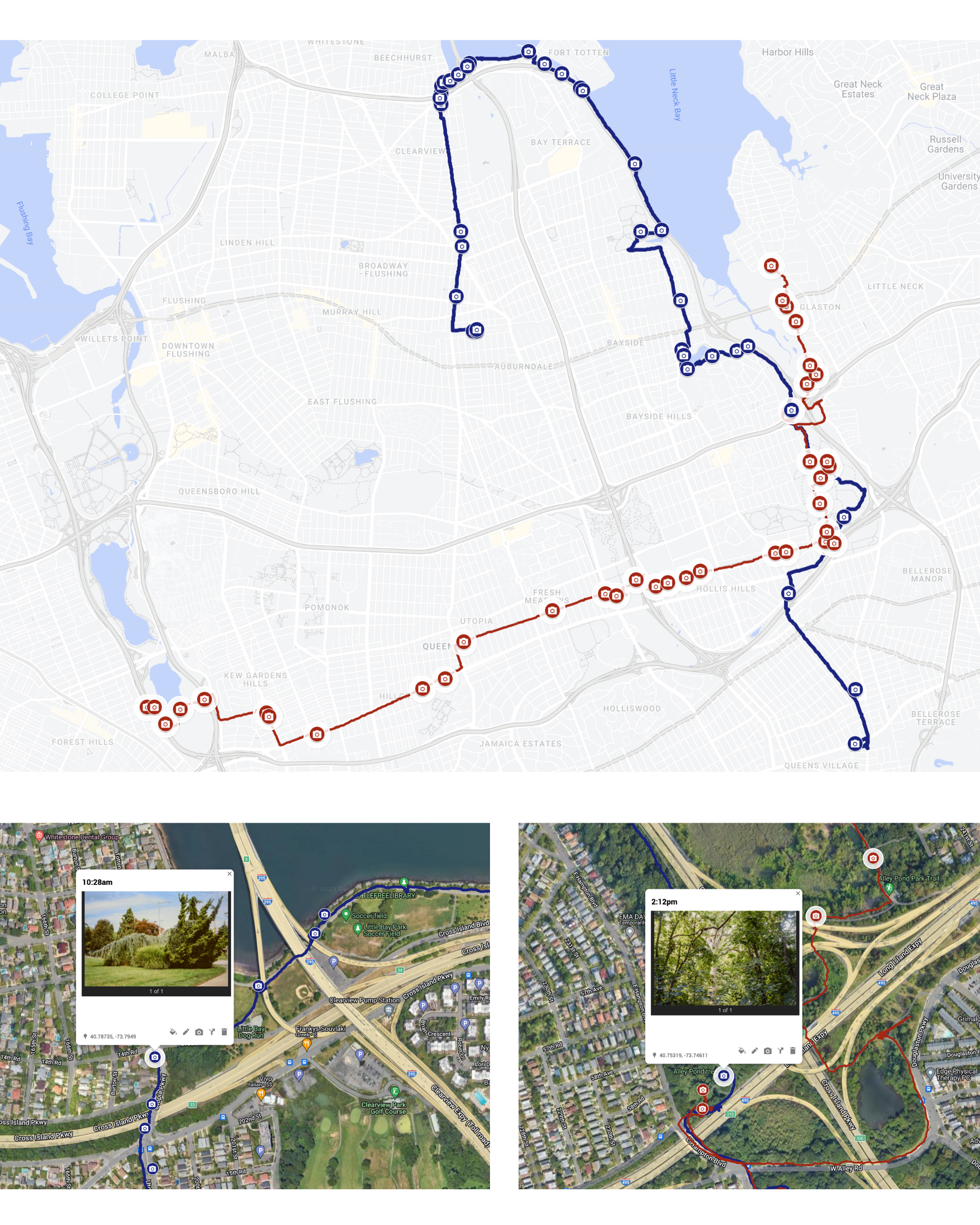
As I scrolled around the map of Queens, I visualized the different routes and imagined undertaking multiple walks. I settled on three walks because it seemed achievable, and I wanted more than a binary. Threes always created an interesting dynamic.
I had four rolls of 35mm color film lying around, and at that time decided that would be the last time I used film for the time being. I love film but it was too slow and expensive, and just not necessary for where I was going with my projects, but mostly, it's just too expensive!
I was drawn to the idea of using one roll of film for each walk, because it's a simple, efficient formula, that forced me to focus on editing in the field. One walk, one roll. But you need to have a solid foundation around the subject matter to know what you want to focus on. Even with that level of focus, it's tough to create 36 interesting photographs on one walk.
Out in the field, I mapped and noted the time for each frame, later plotting them into Google Map, which I've made public in case you want to browse. It was a new process for me as I hadn't taken the time to explore up to that point. It was a bit tedious at first but once I got into a rhythm, I realized that this was another version of the walk, and that there were lessons to be learned. That process unlocked a new layer to the work.
The way the photos and locations trigger specific memories is a miracle of the mind that I’m sure I’ll never fully understand. But even as I get older, those memories come flashing back vividly, and I know this process has changed the way I think about art, walking and how we archive these experiences in our memory.
August 15th, 2020
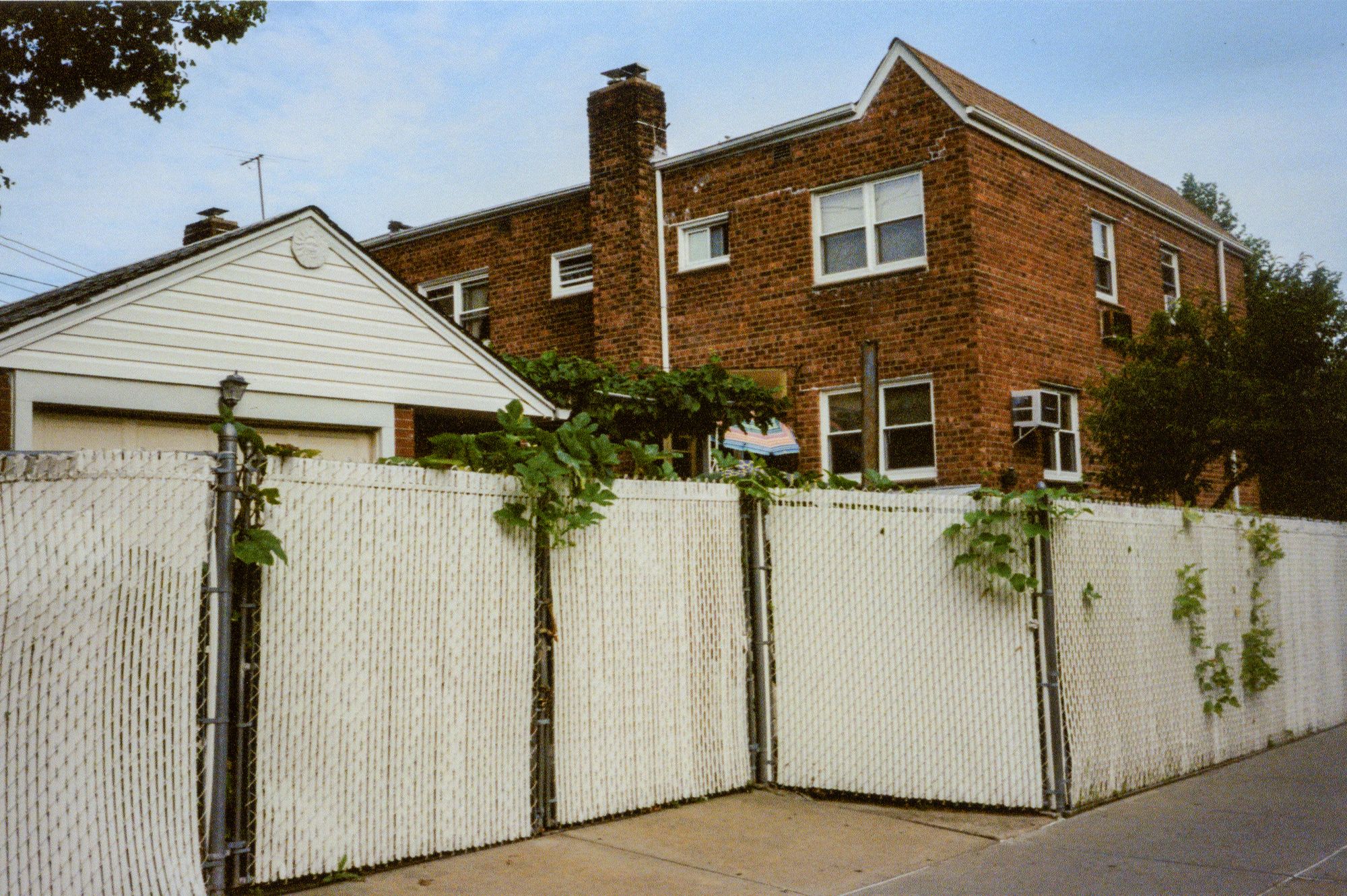
The first walk was likely one of the most intense experiences I’ve had while photographing in the field. I'd been planning it for a few weeks and had a clear goal. Out the door, I was energized and excited. It felt like an event. It was a beautiful day and the thrill of finally making the walk, knowing I would have just one shot at it, added a layer of creative intensity that I found fascinating.
My goal was to focus on the green spaces and infrastructure while remaining open to any surprises. It was my first time walking along Little Neck Bay in Bayside so that added layer of novelty was a nice creative jolt.
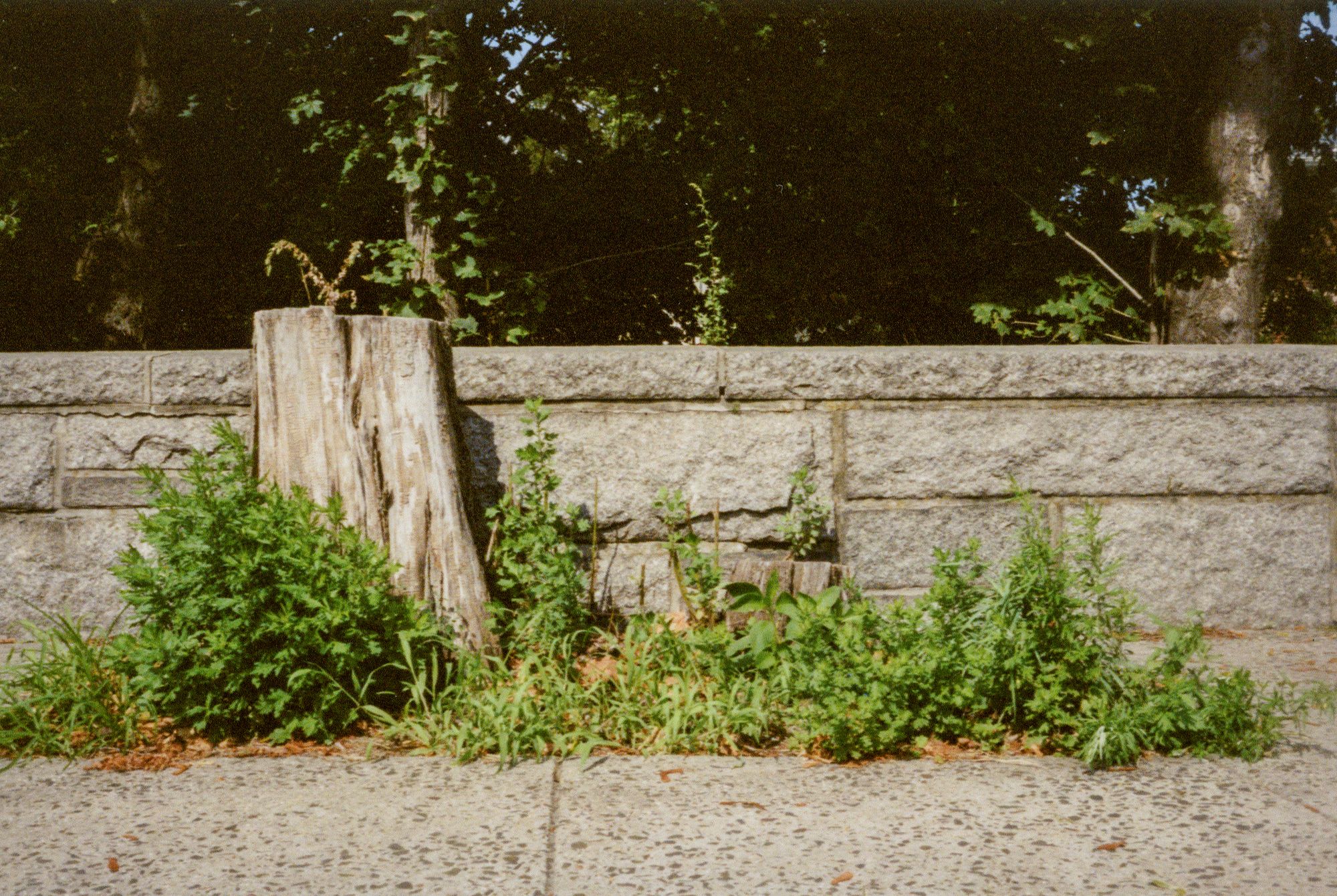

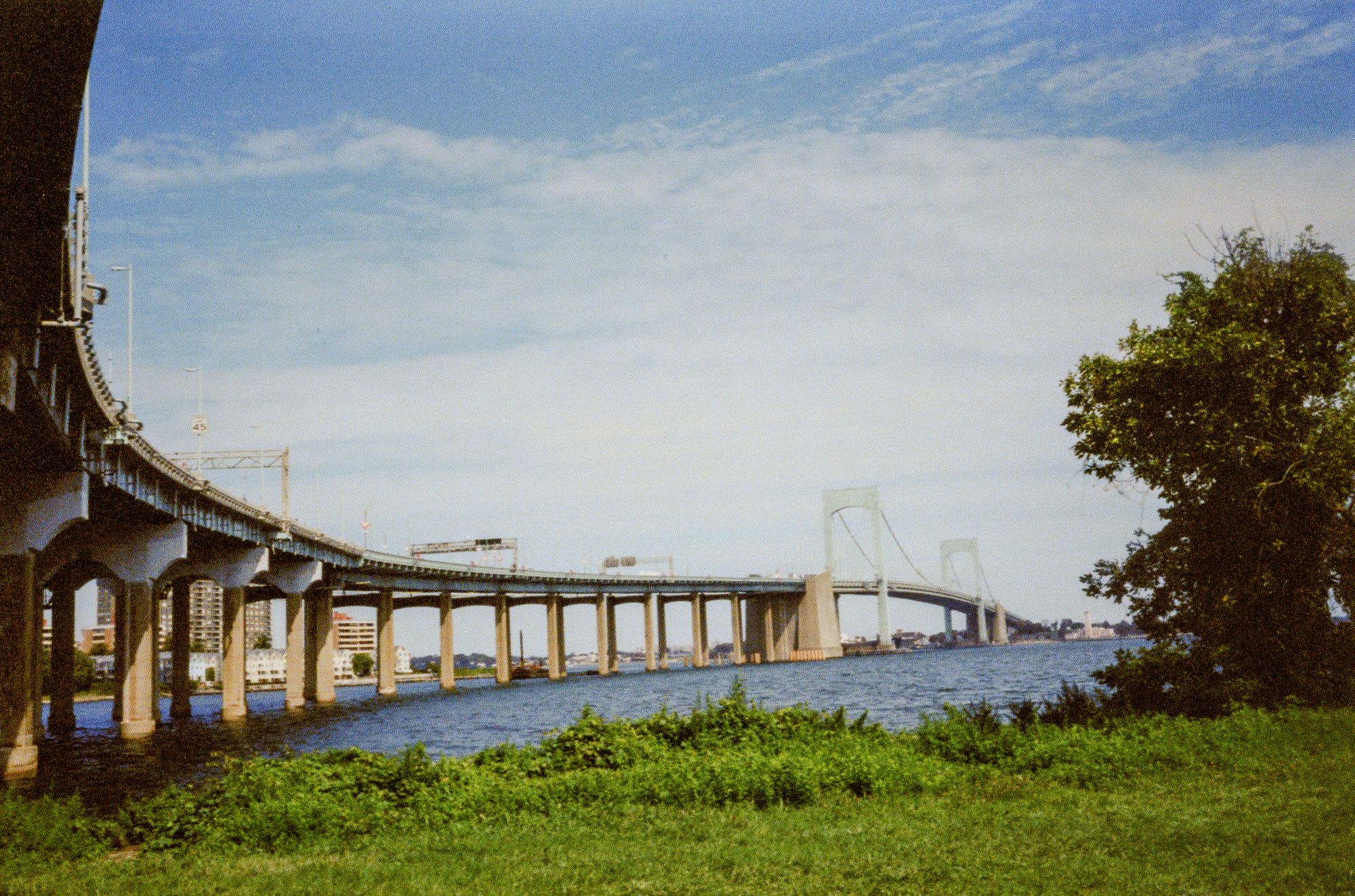
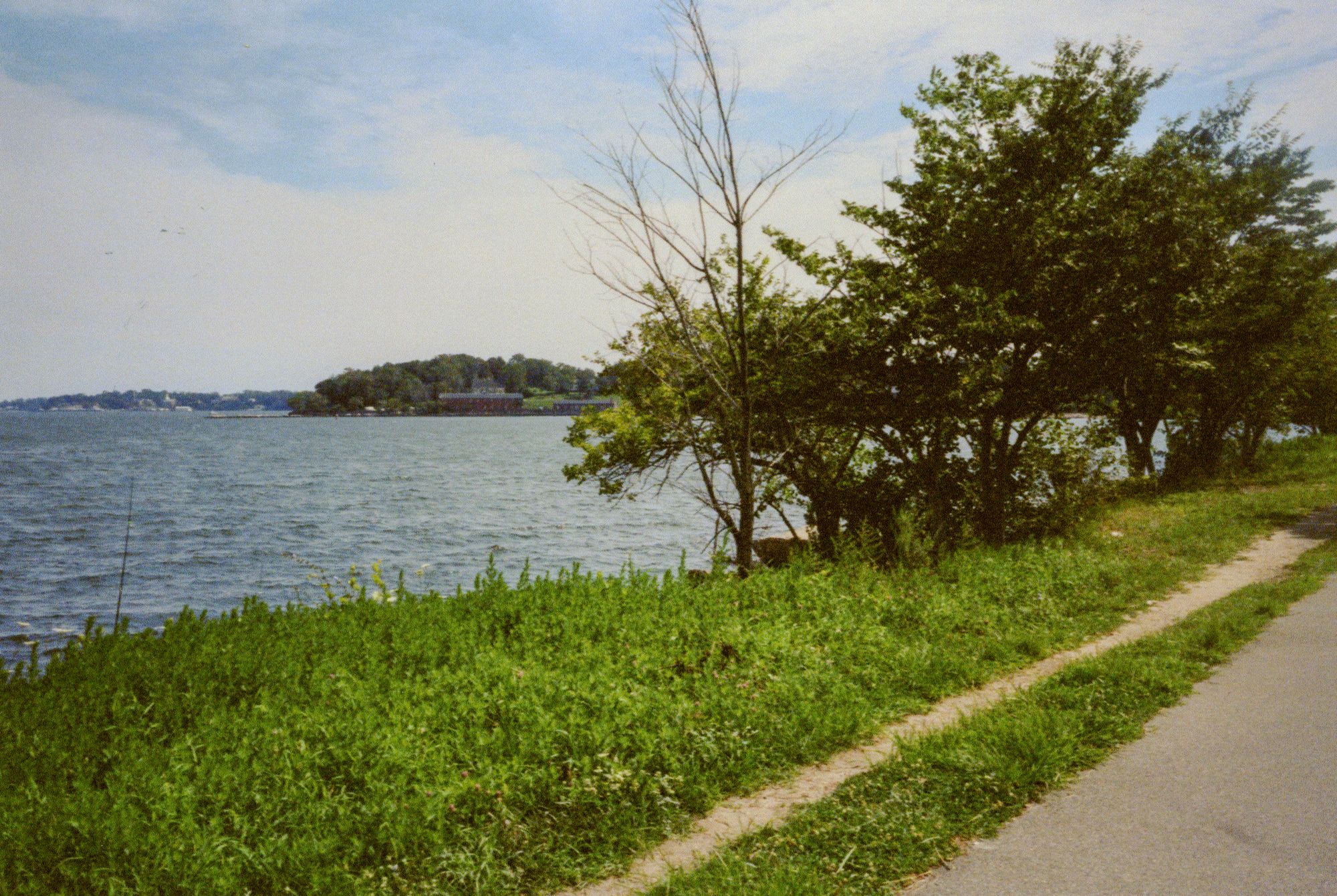
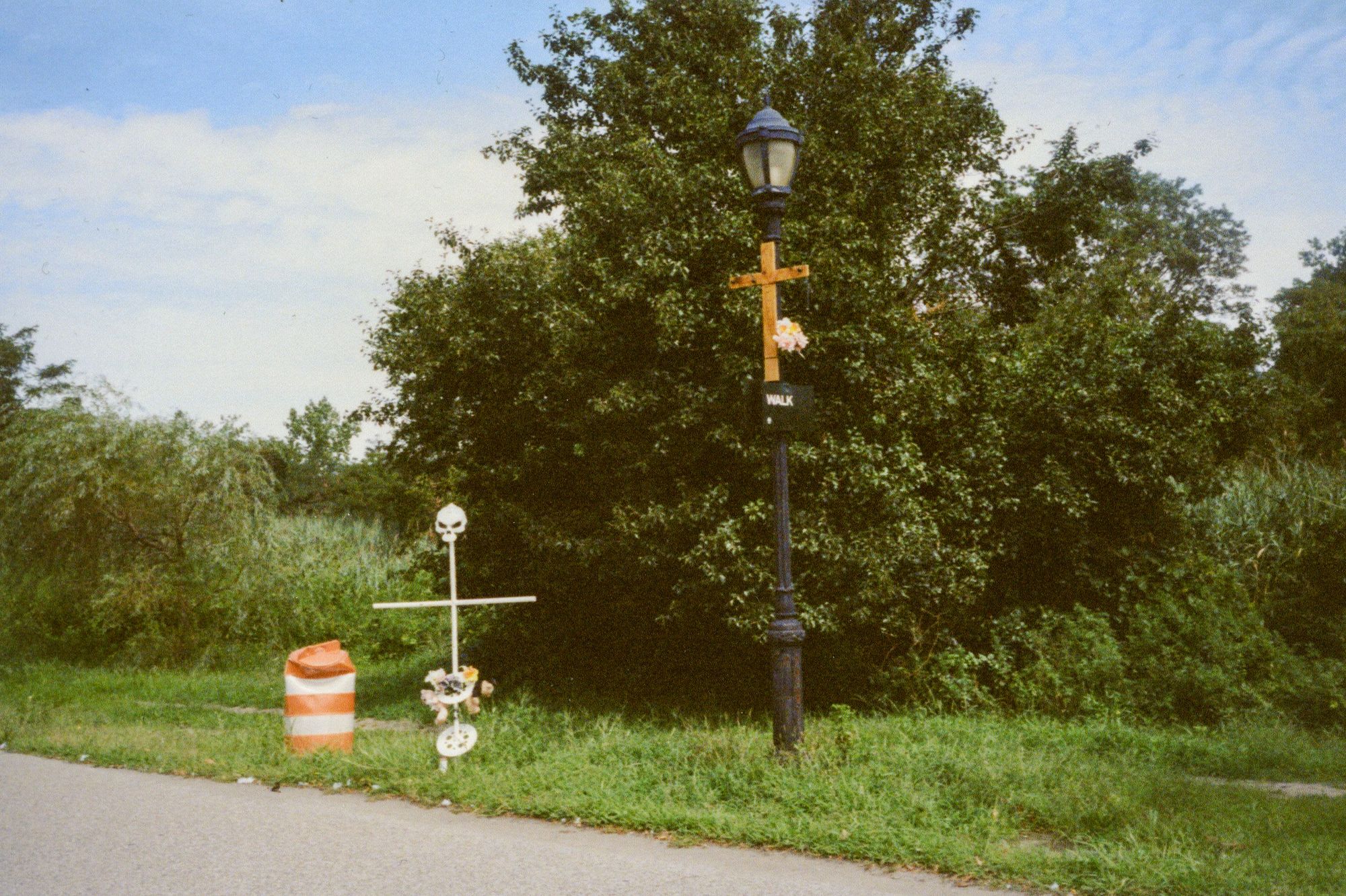
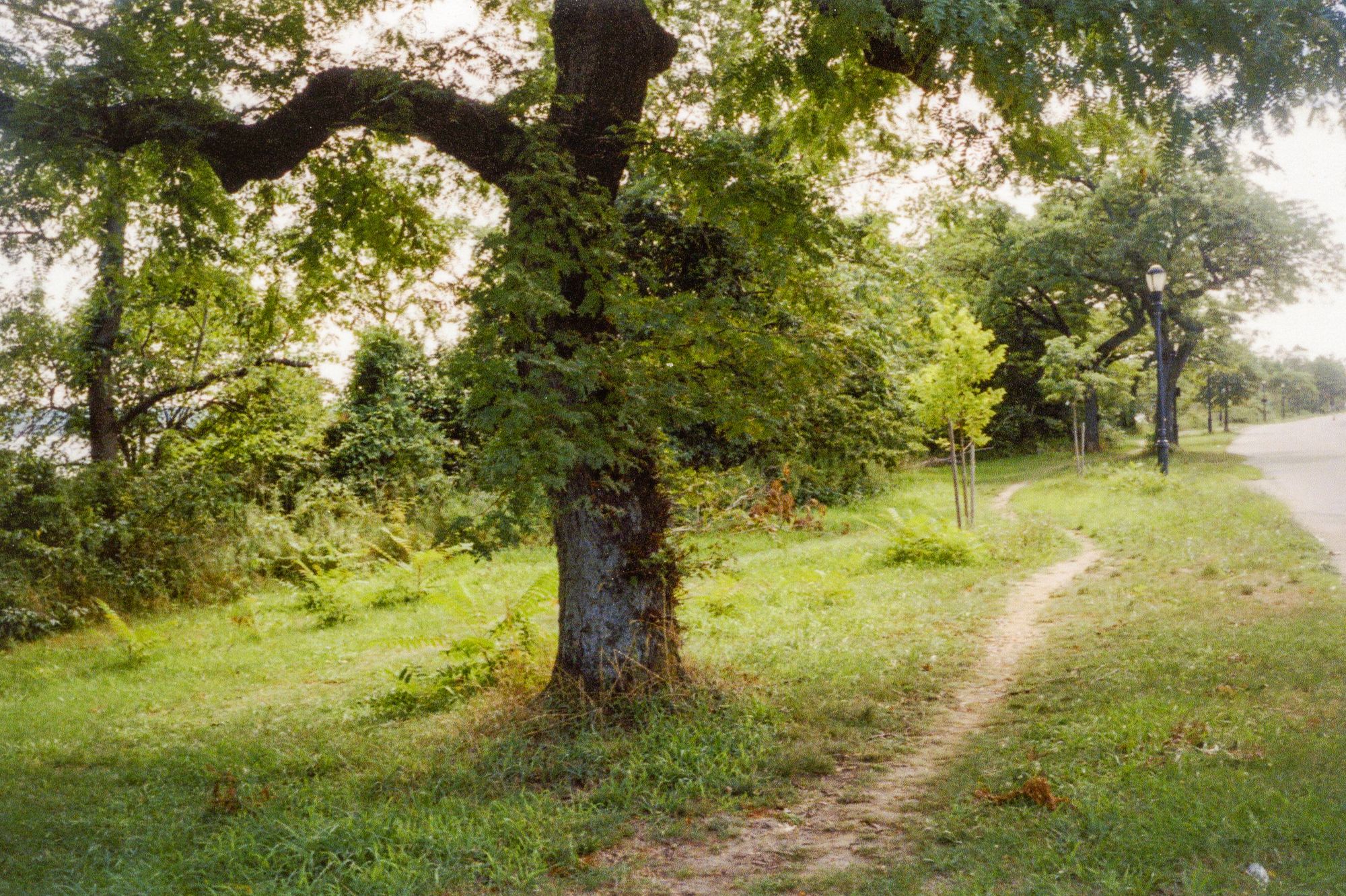

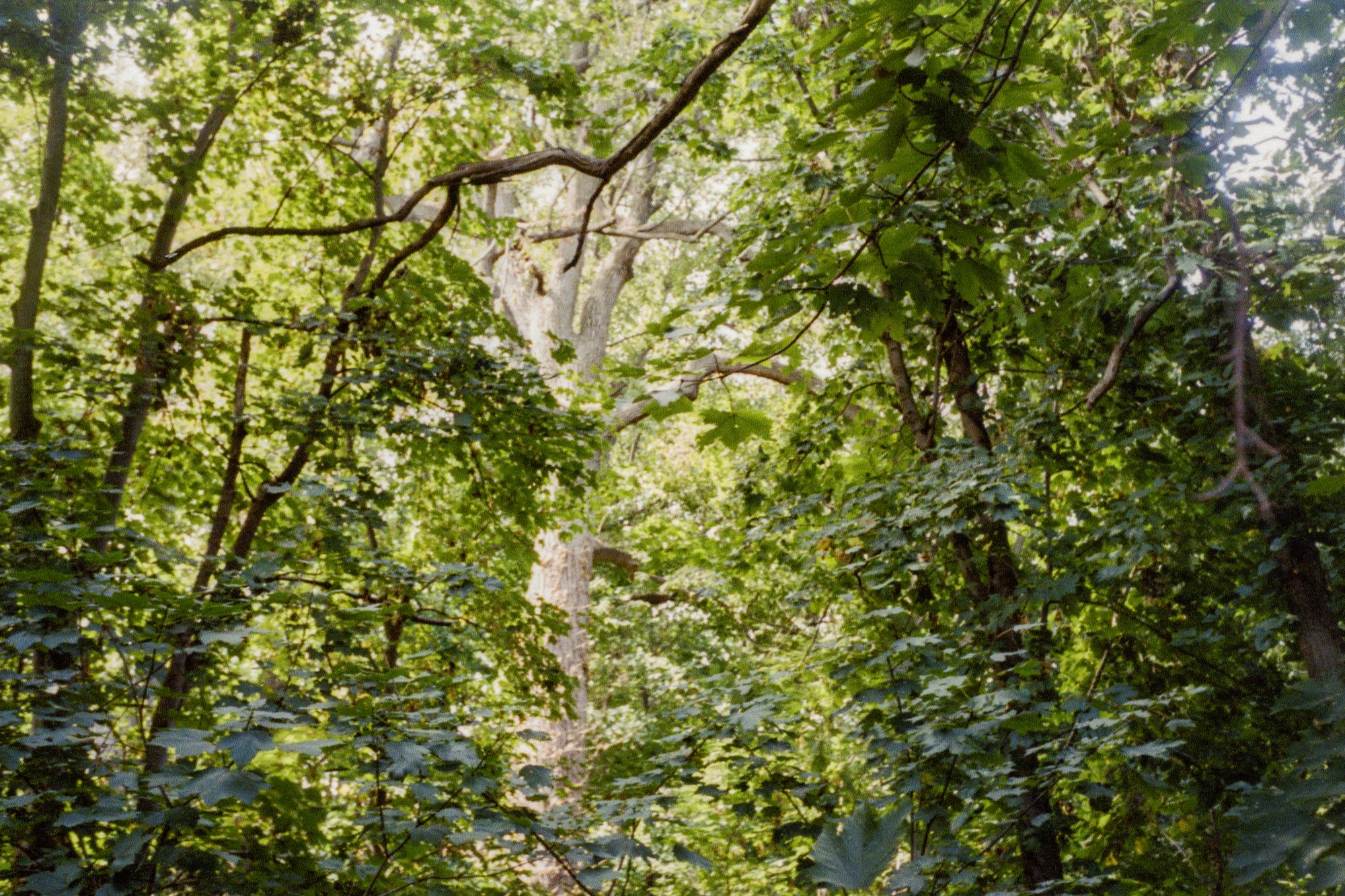
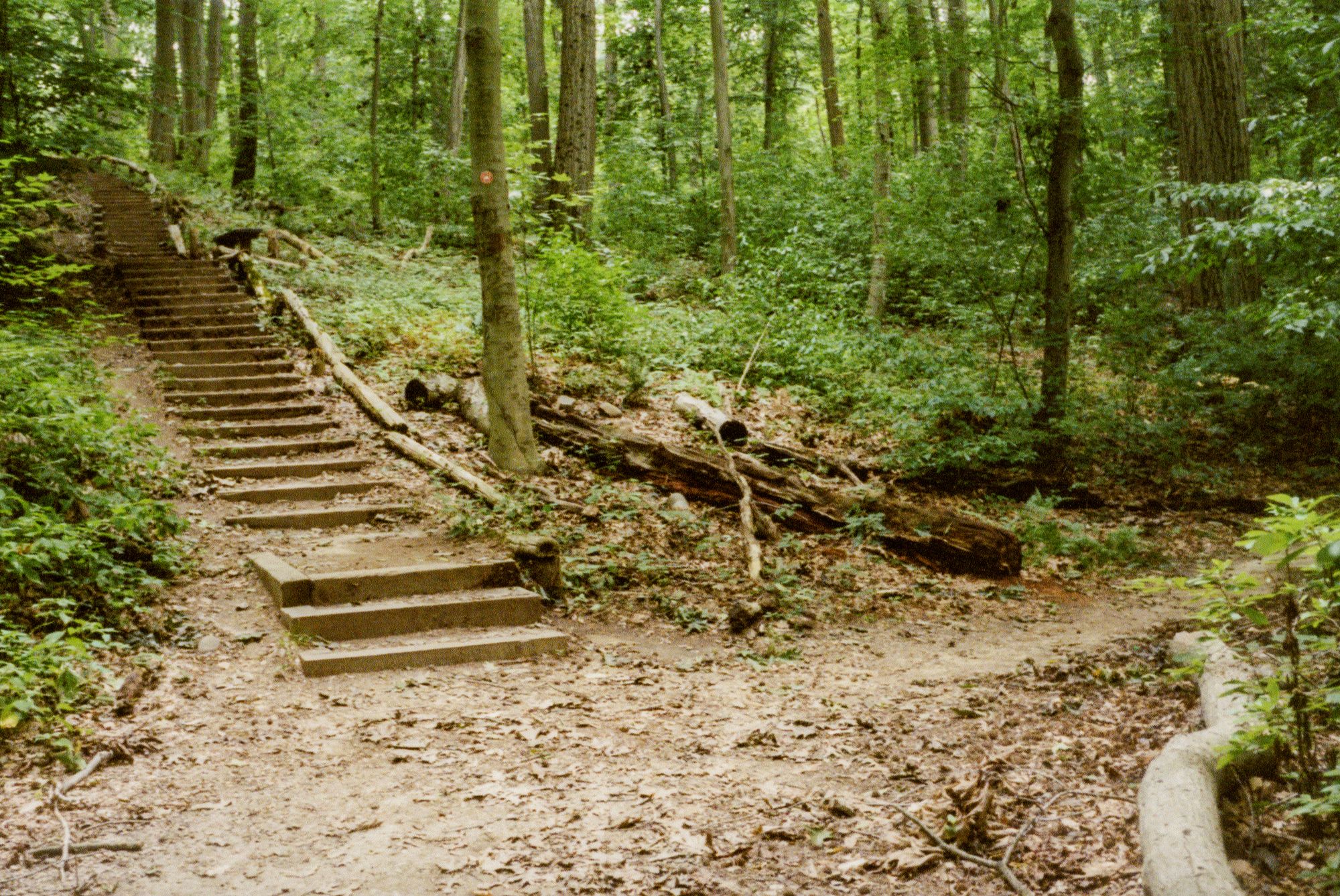
March 17th, 2021
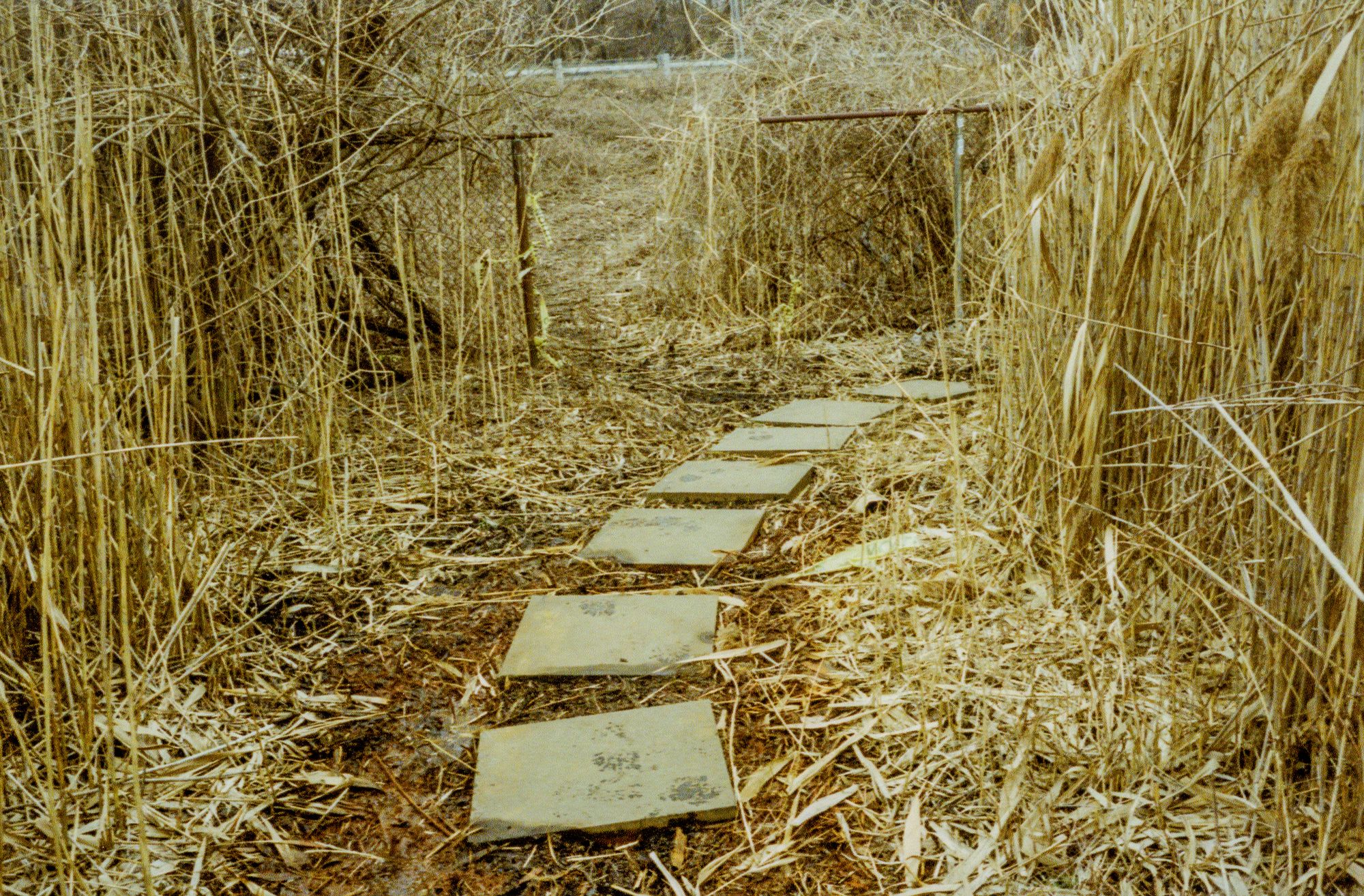
The second walk, almost seven months later, would be bittersweet. This time, it bore the weight of potential finality as I had decided to leave New York City for Minnesota.
I started this walk on the Willow Lake Preserve Trail, which has always been a unique vibe. I've frequently walked this area, and have many photographs that interweave into a few different projects but I've never been able to fully articulate the strangeness of the place. It's on the far southern end of Flushing Meadows Corona Park if you're in NYC and want to check it out.
The route I chose follows the Vanderbilt Motor Parkway, linking Cunningham Park and Alley Pond Park. From my research, this pathway stands as the first roadway fully dedicated to automobiles, initially serving as a racetrack. Today, it has transformed into a picturesque tree-lined path seamlessly connecting two significant parks – a vast enhancement.
As I arrived at the giant, I'd been meditating on a question, wanting to test the oracle theory once again. The specifics of the question are not important in this type of mental game, it's about being open and receptive to the ideas and inspirations you encounter in the moment. The tree is a facilitator of ideas, if you want it to be.
As I gazed up at the giant’s sprawling branches, the phrase "branch out the higher you go" emerged in my mind. I embraced this as a directive to seek diverse paths for creative and intellectual inspiration, a gentle nudge from giant, reminding me to keep exploring new ideas and territories. Embrace the multitudes, branch out, synthesize and expand.
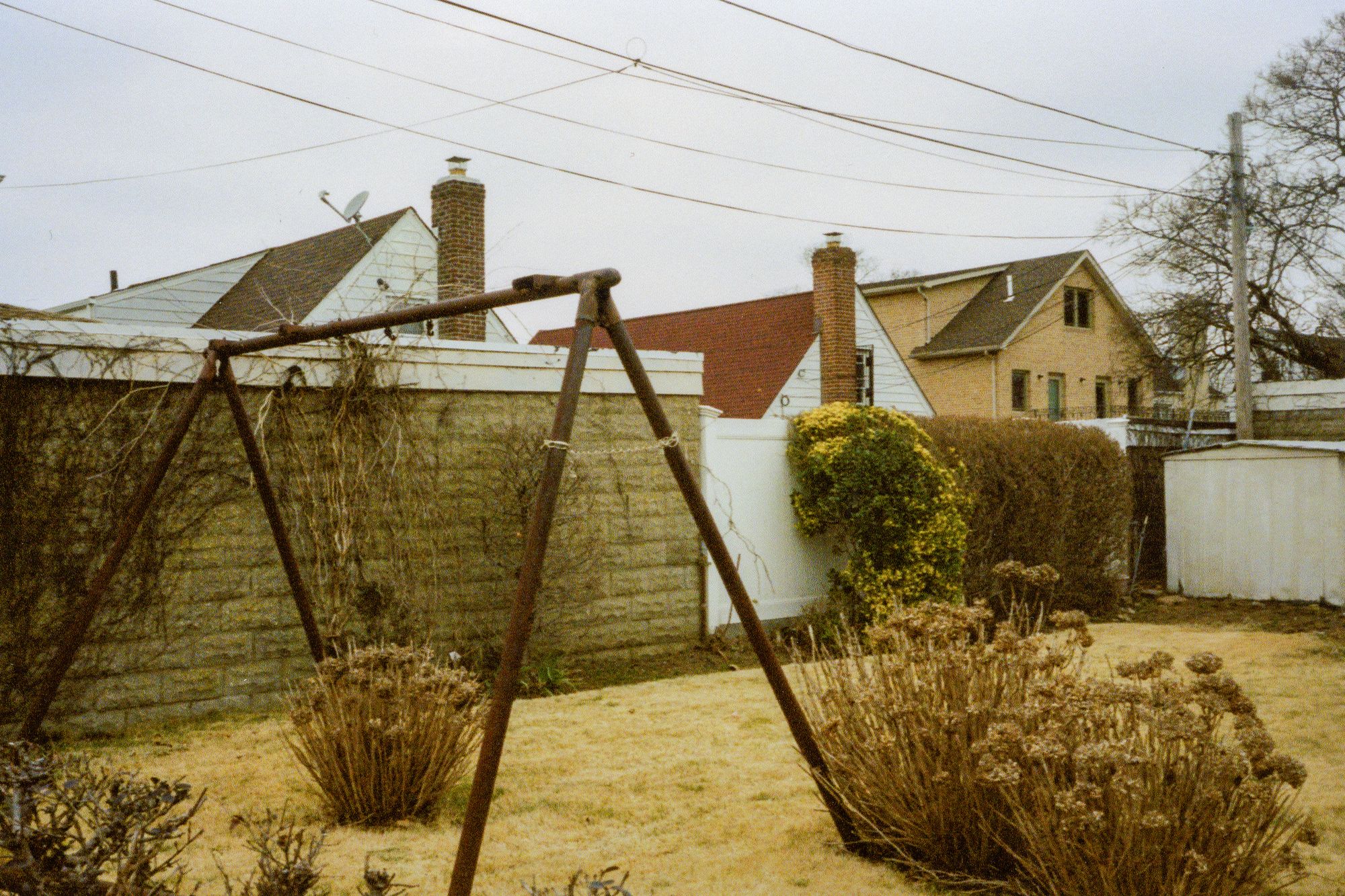
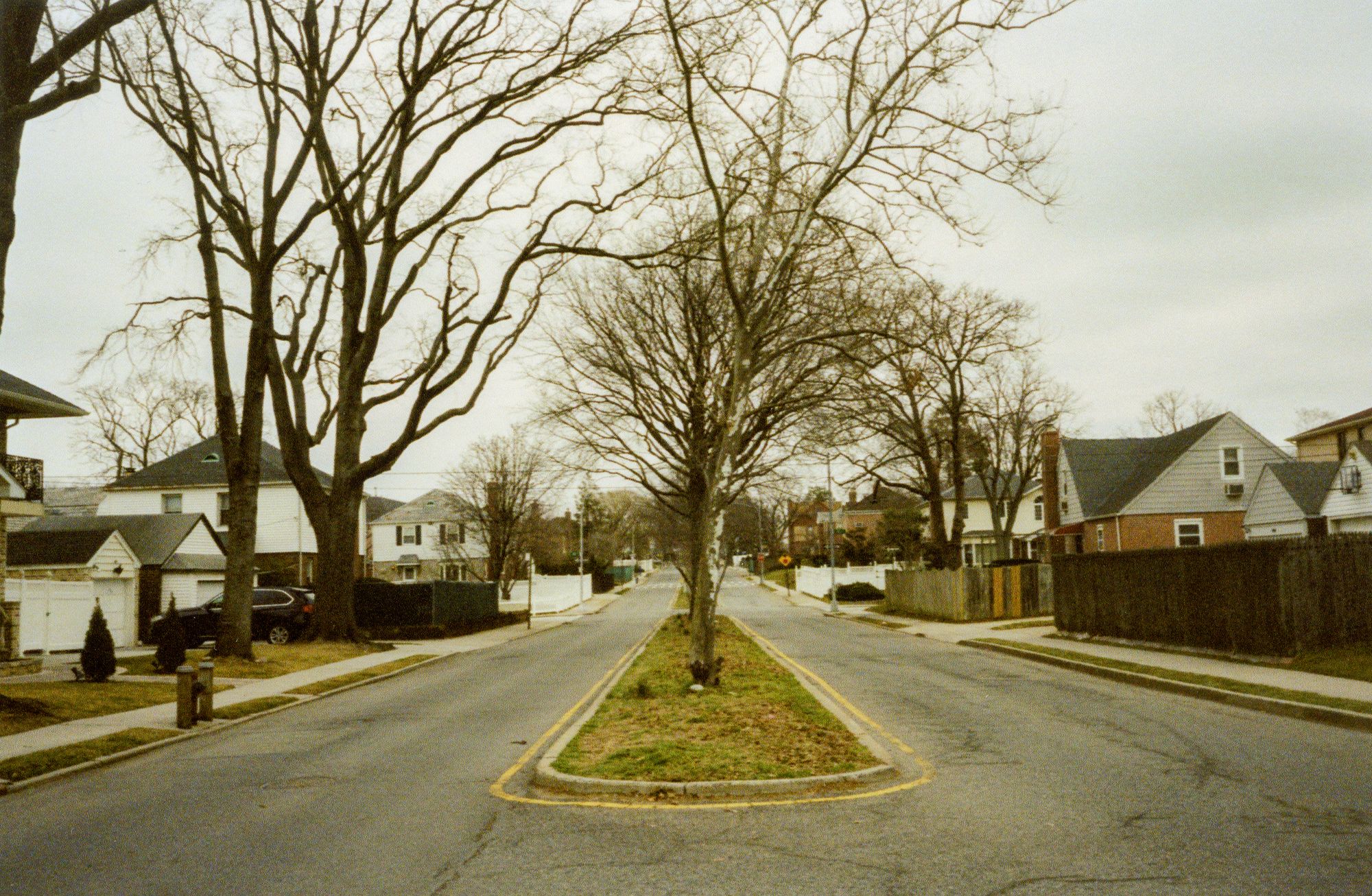
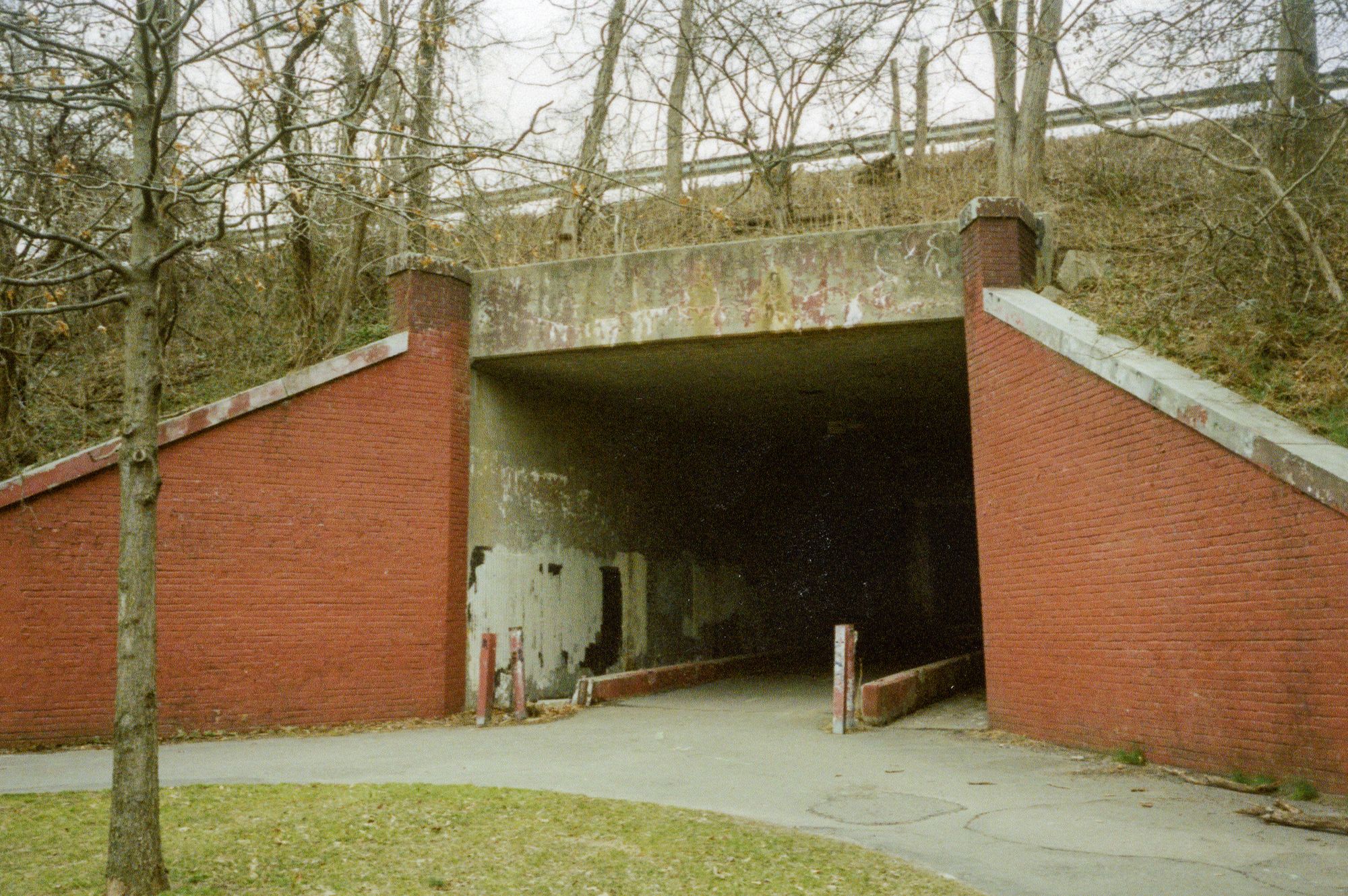
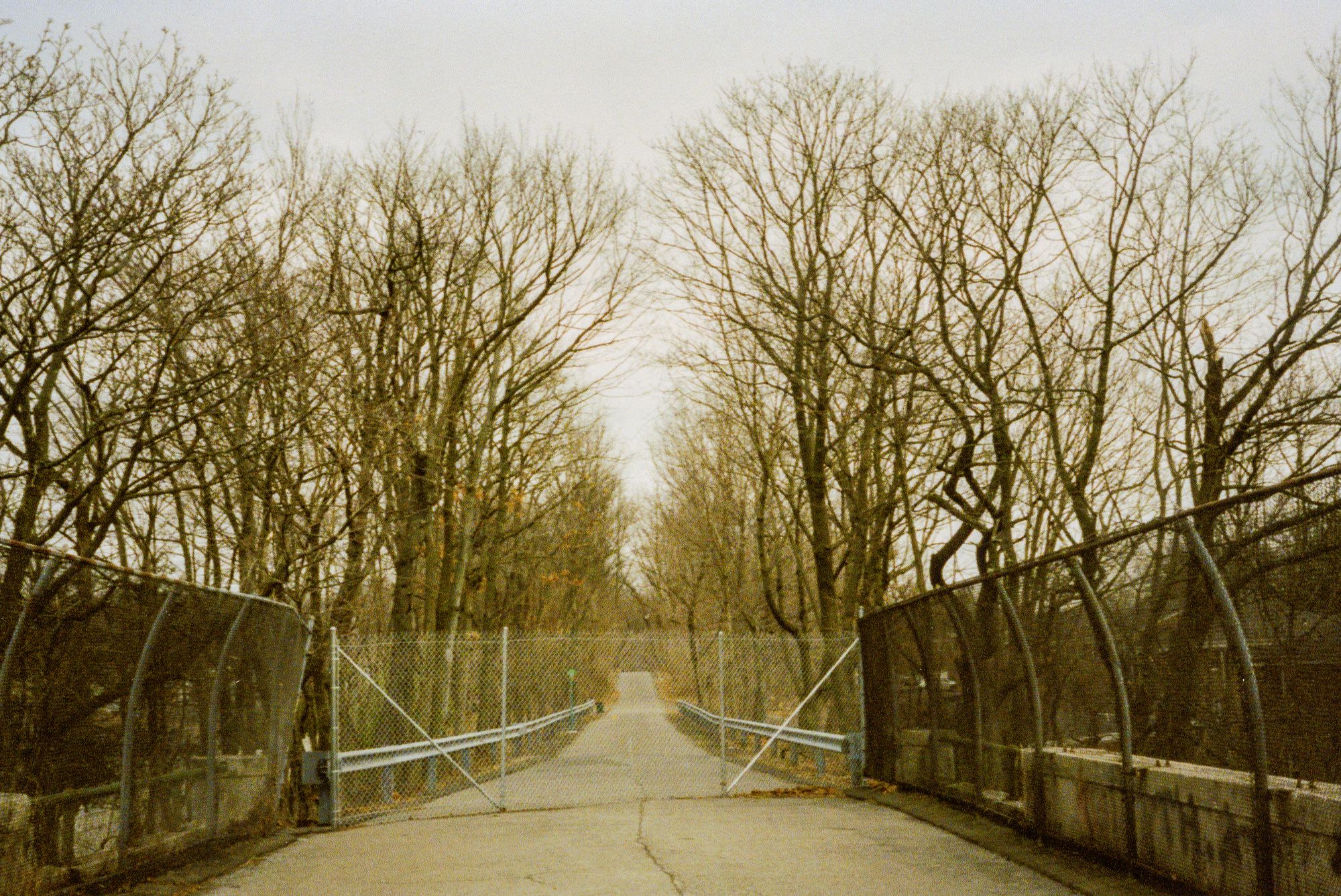
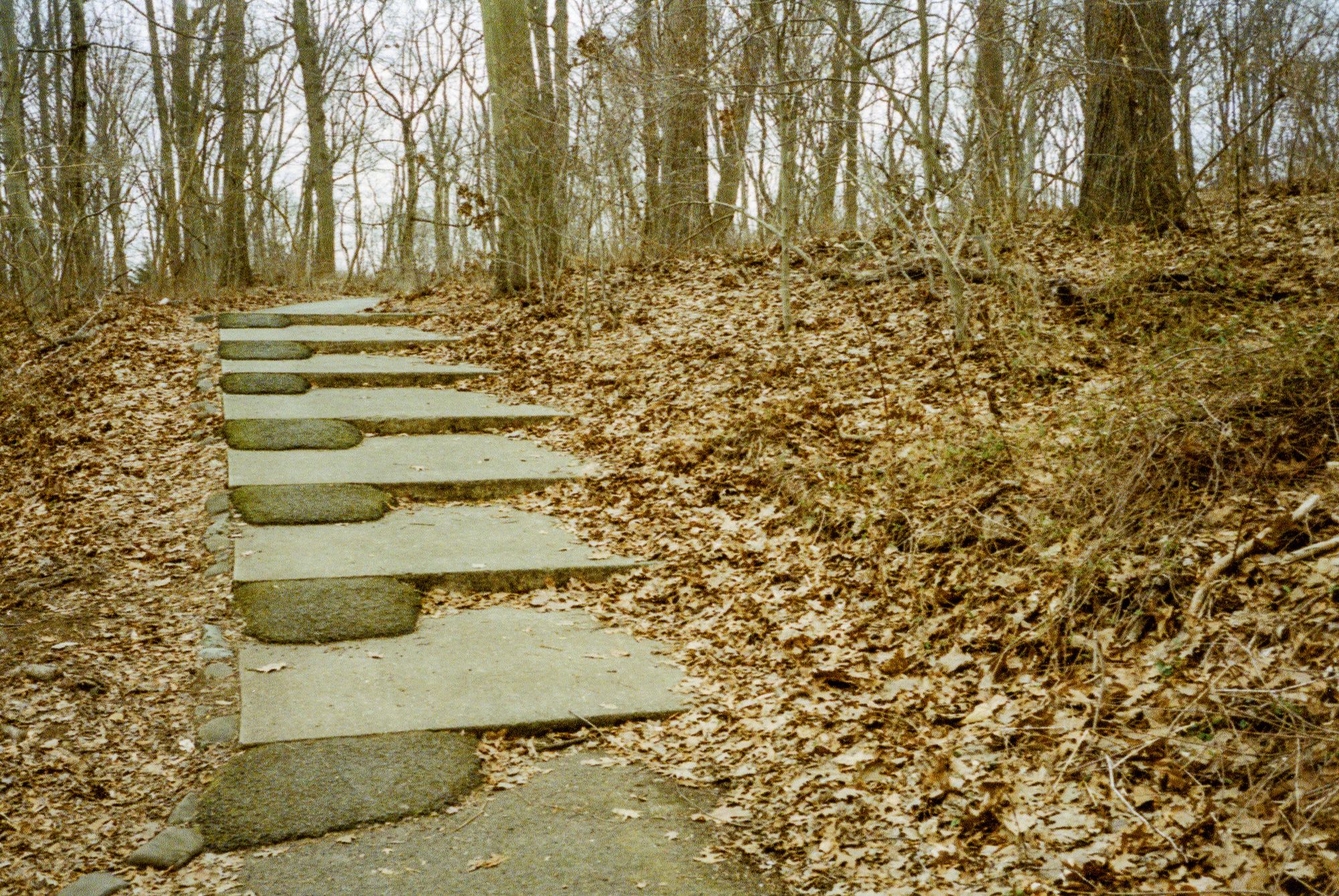
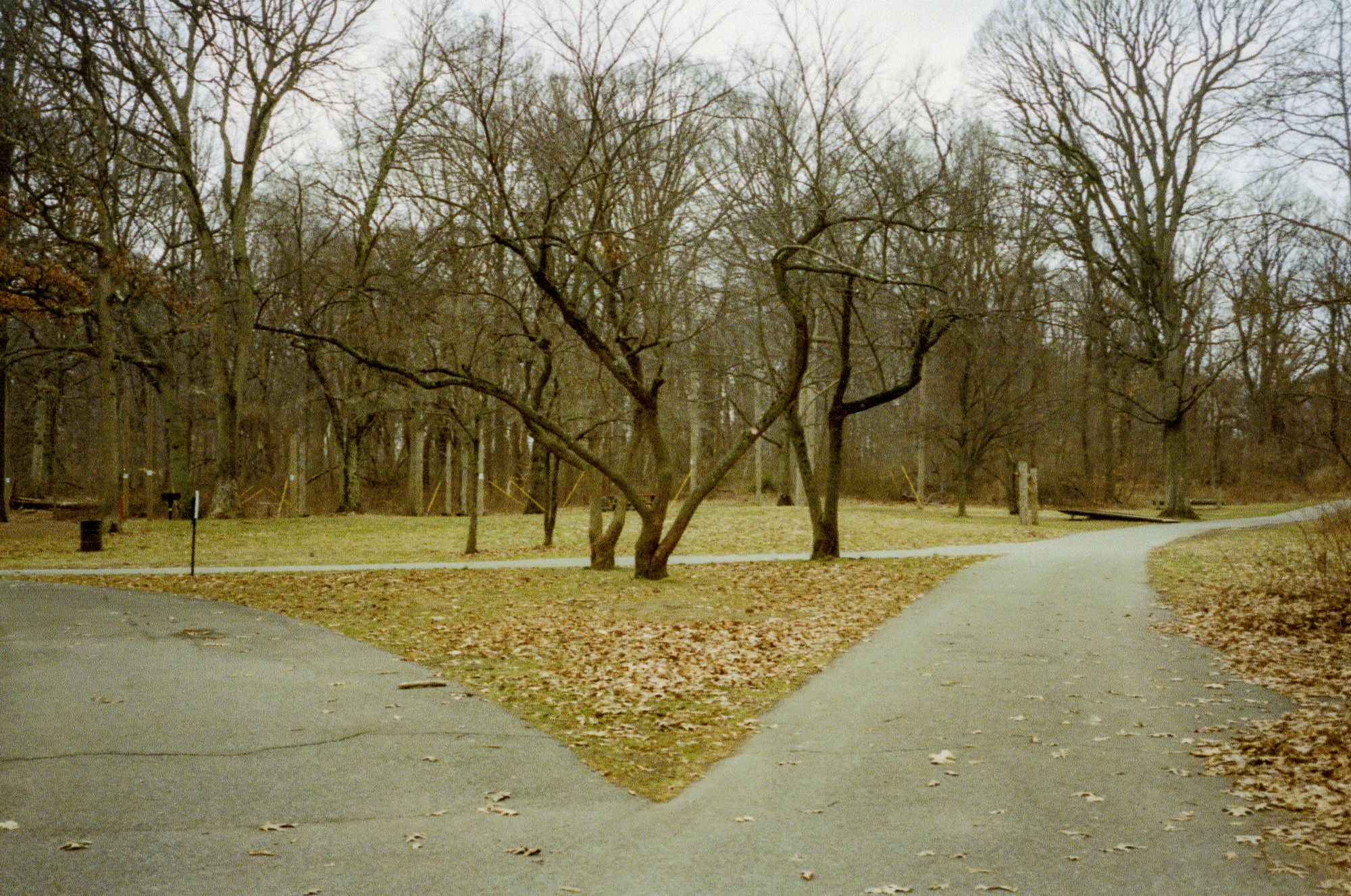
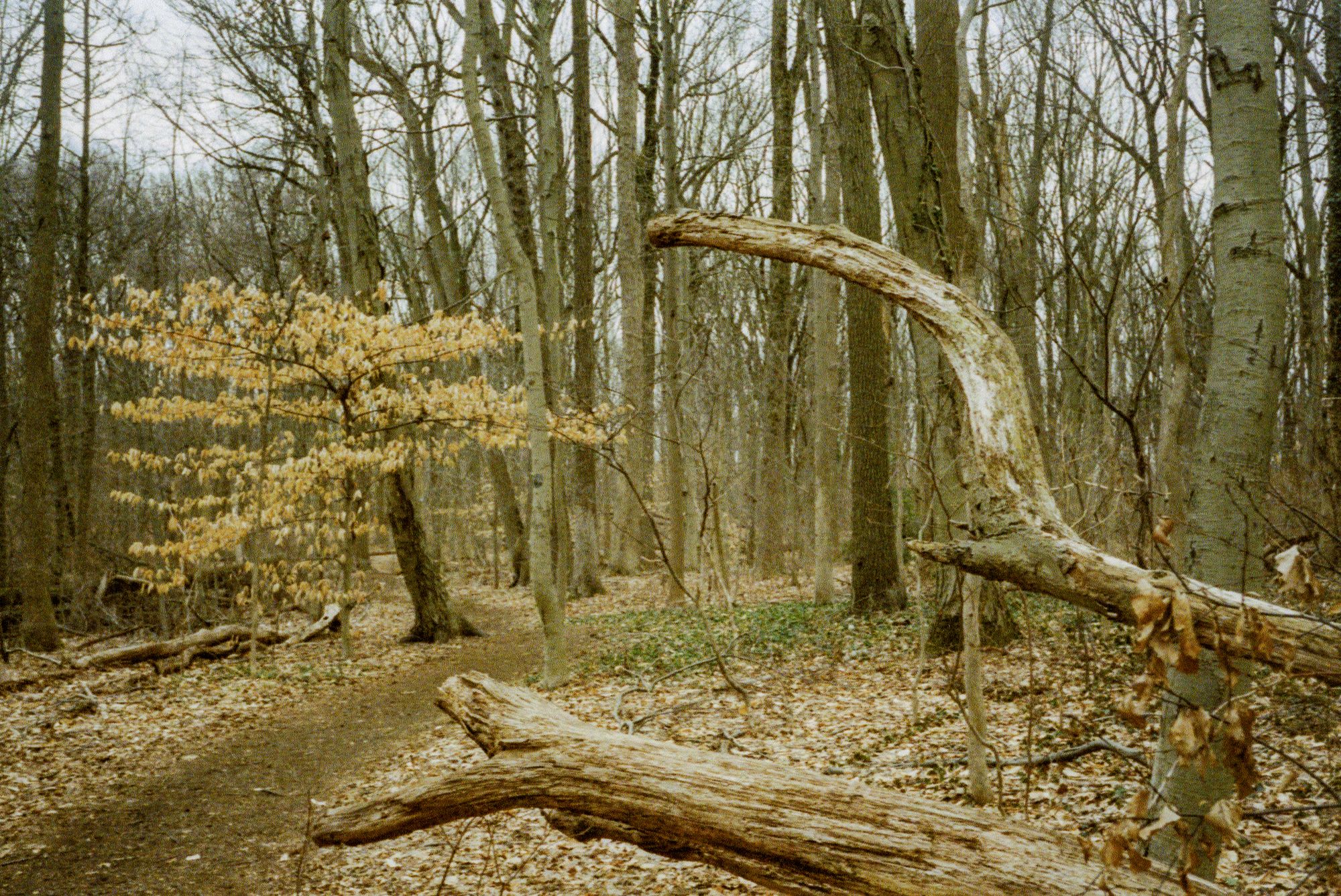


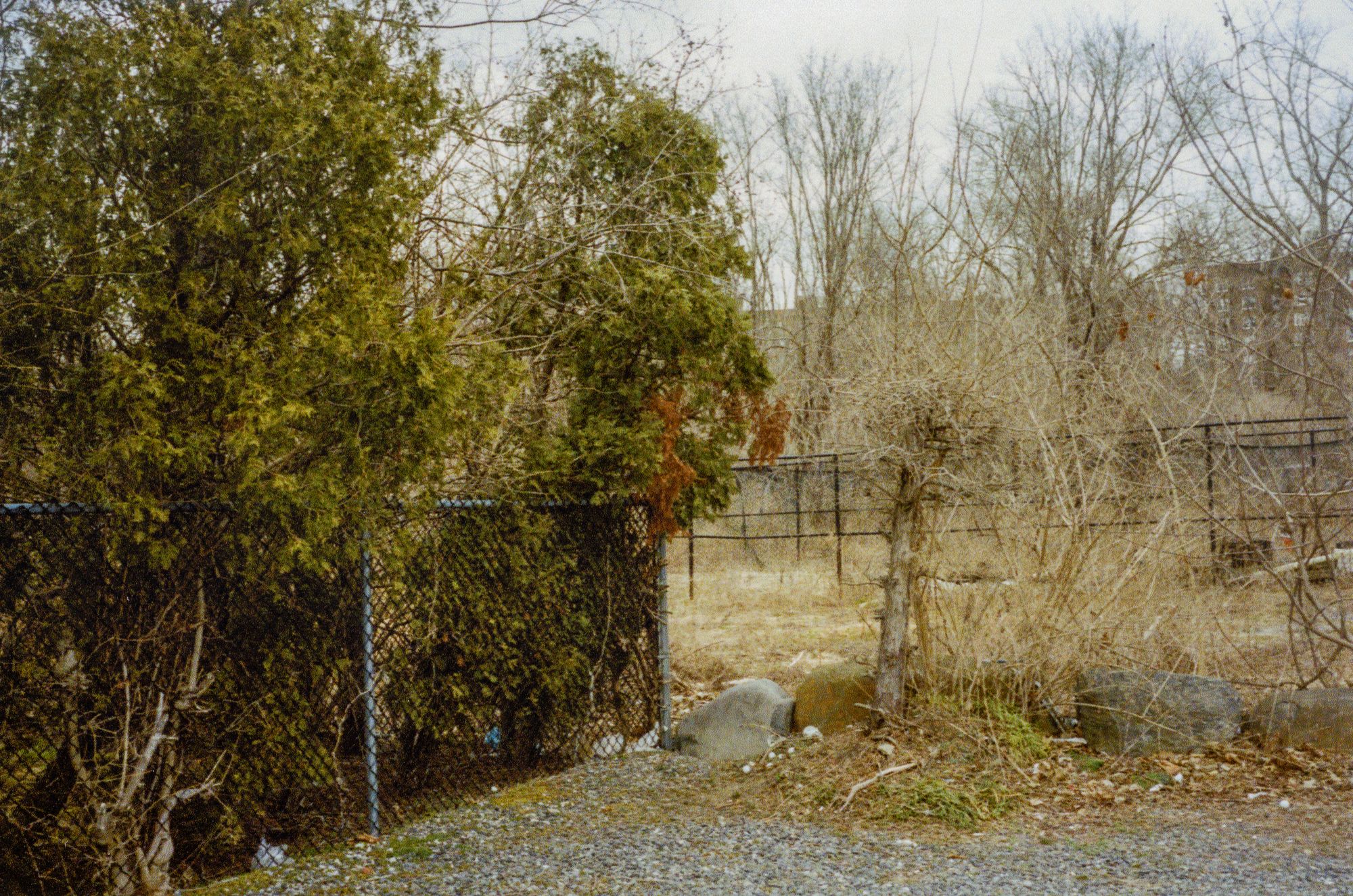
At this point, perhaps you're wondering about the third walk. This is where the project takes a new creative twist for me because as of right now, I honestly have no idea when or if there will be a third walk.
This uncertainty keeps the project in an interesting creative limbo that I find interesting – finished for now, but with an opportunity for continuation built into the structure.
Perhaps someone else will find a different path to the giant, or maybe I’ll live long enough to one day return to New York City with a roll of film in my camera and a fresh question for an old wise friend.
Inspiration
- Car-Free Cities Are the Future, Biometrics Reveal: "Natural elements like trees and shrubs are less foreign to our brain than car-related infrastructure like roadways and curbs, and align more with our innate preferences, according to our findings and other research. Furthermore, natural design elements make it easier for humans to relax and enjoy their surroundings as they reflect the natural surroundings of our environment. Car-free spaces are important in community building. This new research is helping to demonstrate that and strengthen the case for more of them."
- Land Art Today, Beyond Cowboys With Bulldozers: "The artist Agnes Denes, 92, told me something similar. “I want to guide humanity in a subtle way without preaching to them, without pushing philosophy down their throats,” she said, busy in her stuffed SoHo studio. “You become one with my project. It changes you as a human being. All of a sudden you have different thoughts. You are a little bit better. You believe in yourself more, you trust yourself more.”
- The Image of the City: "Once a history, a sign, or a meaning attaches to an object, its value as a landmark rises. The number of local elements that become landmarks appears to depend as much upon how familiar the observer is with his surroundings as upon the elements themselves. Unfamiliar subjects usually mentioned only a few landmarks in office interviews, although they managed to find many more when they went on field trips. Sounds and smells sometimes reinforced visual landmarks, although they did not seem to constitute landmarks by themselves. Landmarks may be isolated, single events without reinforcement. A sequential series of landmarks, in which one detail calls up anticipation of the next and key details trigger specific moves of the observer, appeared to be a standard way in which these people traveled through the city."
I’m an artist and marketing strategist based in Minneapolis. This is my newsletter on art, walking, urbanism and mindfulness.
Each issue, I share new work from my projects and try to make connections between ideas, articles and people that fascinate me. You can email me at info@bryanformhals.com or follow me on Instagram or Threads.